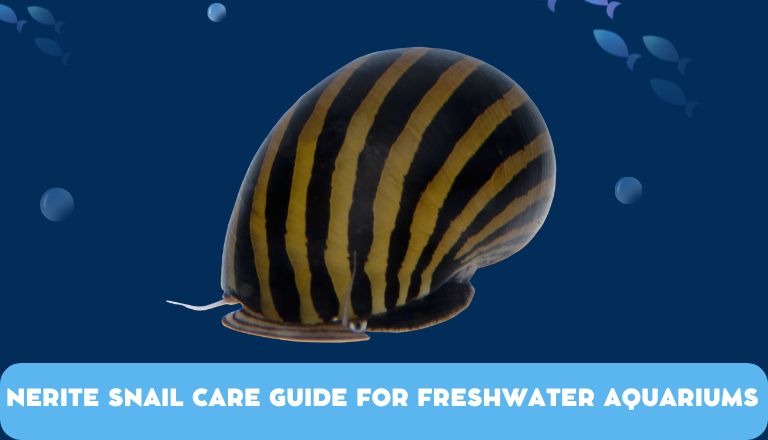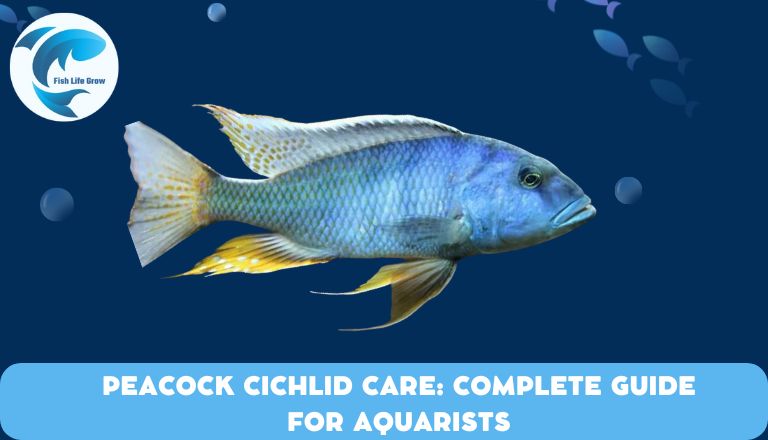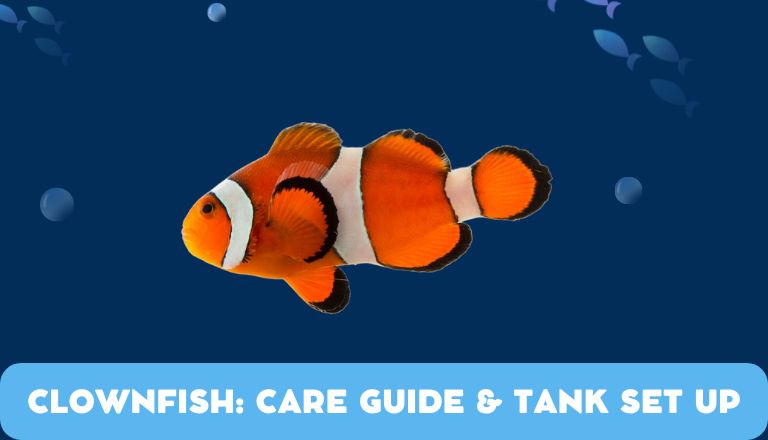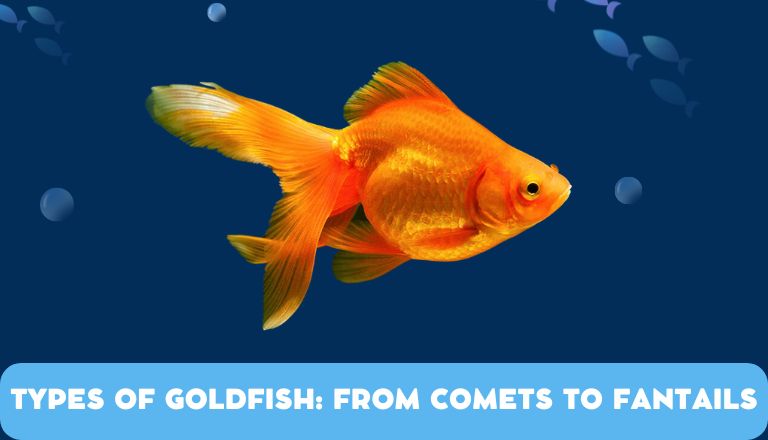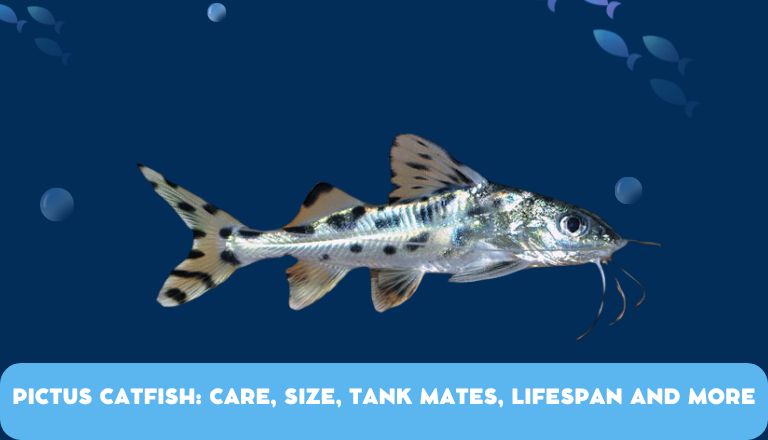Nerite Snail Care Guide For Freshwater Aquariums
In the world of freshwater aquariums, few creatures captivate with their elegance and usefulness like the Nerite Snail. With its striking patterns and voracious appetite for algae, this diminutive mollusk serves as a beloved companion to aquarists seeking both beauty and practicality in their aquatic environments.
Caring for these fascinating creatures requires knowledge and attention to detail. Join us on a deep dive into the realm of Nerite Snail as we uncover the secrets to creating a thriving ecosystem within your freshwater aquarium while fostering a harmonious coexistence with these captivating invertebrates.
Nerite Snail Care Overview
To ensure their health and well-being, provide them with a suitable environment with plenty of hiding spots and a variety of surfaces for them to explore.
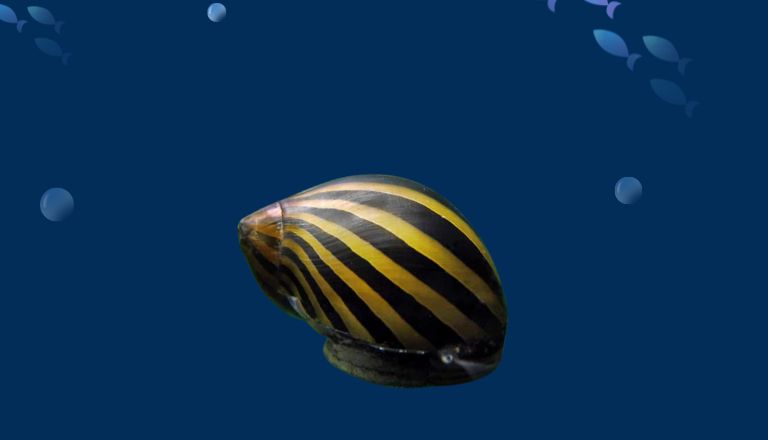
Nerite Snail Water Parameters
Maintain optimal water parameters for their health. These small but fascinating creatures thrive in stable water conditions, with a pH level ranging from 7.0 to 8.0. Keep the ammonia and nitrite levels at 0 ppm to ensure a safe environment for your snails.
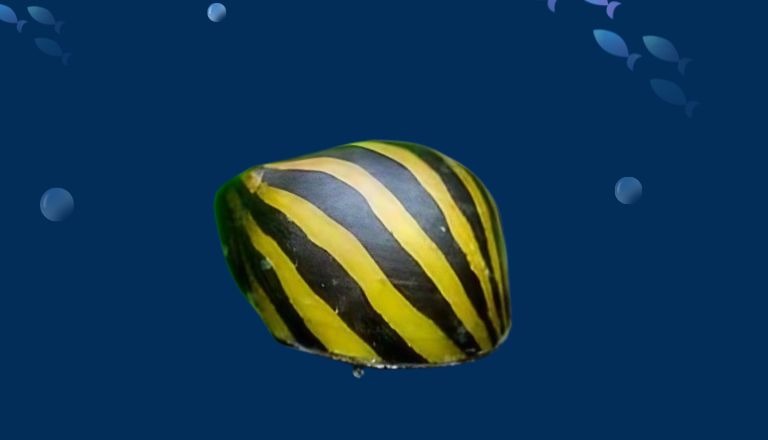
Nerites are sensitive to fluctuations in water temperature, so keep the tank temperature between 72-78°F (22-26°C). Provide adequate filtration and regular water changes to maintain a clean and healthy aquatic environment for your snails to thrive
Nerite Snail Species Profile
These small, algae-eating snails are popular additions to freshwater aquariums due to their ability to help keep the tank clean. They have a specialized radula, a tongue-like structure covered in tiny teeth, which they use to scrape off algae from surfaces.
They cannot breed successfully in freshwater environments, as their larvae require brackish water to develop. This makes them ideal for controlling algae growth without the risk of population explosions in the aquarium. Despite their small size, they can live for several years with proper care.
Different Types of Nerite Snails
They are a diverse group of aquatic gastropods that come in various shapes, sizes, and colors. There are over 200 species of Nerite snails, each with its unique characteristics.
Following are some of the popular types.
Zebra Nerite Snails (Neritina natalensis)
Zebra Nerite snails, known for their striking black and yellow striped shells, are wonderful algae eaters that thrive in freshwater aquariums. Their small size makes them ideal for nano tanks, and they are peaceful creatures that won’t disturb other tank inhabitants. With a voracious appetite for algae, these snails keep the aquarium clean and free from unsightly growths.
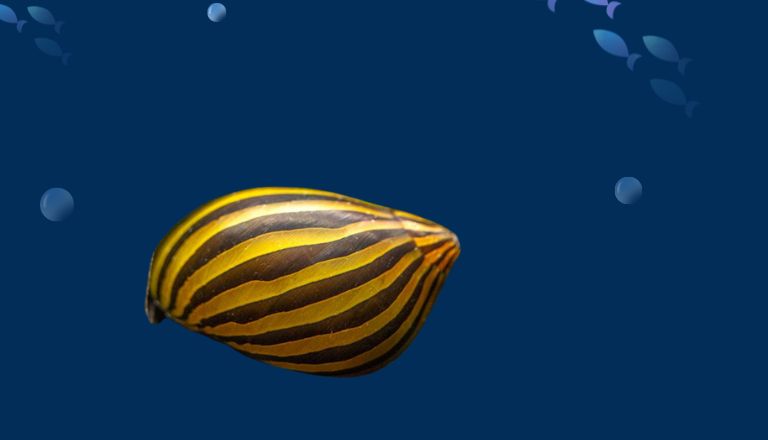
Tiger Nerite Snails (Vittina Semiconica)
They boast intricate patterns on their shells resembling tiger stripes, adding a touch of exotic beauty to any aquatic setup. These snails are efficient cleaners and require little maintenance once settled in a suitable environment. They can adapt well to varying water conditions making them popular choices among hobbyists looking to add unique aquatic life to their tanks.
Olive Nerite Snails (Neritina reclivata)
Olive Nerites display an elegant olive-green coloration on their shells. These snails are excellent algae grazers but may need supplementation with algae wafers if natural food sources become scarce. With their peaceful demeanor and low bio-load, Olive Nerites are perfect additions to community tanks seeking both aesthetics and functionality.
Horned Nerite Snails (Clithon corona/Diadema)
Horned Nerites exhibit distinctive horn-like appendages on their shells, giving them a regal appearance unparalleled by other freshwater snail species. Horned Nerites provide valuable visual appeal and uniqueness within an aquarium setting. Their specialized grazing habits can control algae growth in specific areas targeted by these fascinating creatures.
Red Racer Nerite Snails (Neritina vittina waigiensis)
The Red Racer Snails, with their vibrant red stripes against a dark green or black shell, make a striking addition to any tank. These snails are known for their algae-eating abilities, which keep your aquarium clean and healthy.
Checkered Nerite Snail (Nerita tessellata)
They boast a unique pattern of intricate white and black markings on its shell, resembling a beautiful mosaic. These snails have a peaceful nature and efficient scavenging habits. Their small size makes them ideal for nano tanks or part of a cleanup crew in larger aquariums.
Aquarium Care For Nerite Snails
Make sure Nerites have a suitable environment to thrive. Providing a tank with plenty of algae and other natural food sources to keep them healthy and happy. Maintain stable water parameters, such as temperature, pH levels, and water quality for their well-being.
Nerite Snail Tank Size
Tank size plays a main role in their well-being. These small but active creatures thrive best in tanks with a minimum size of 5 gallons. A larger tank allows for better water parameters and also provides ample space for them to explore and graze on algae.

Tank Setup
While setting up the tank for nerites, add live plants to offer them hiding spots. Provide additional food sources for these herbivorous snails. Ensure the tank has proper filtration and regular water changes to maintain good water quality, as they are sensitive to ammonia and nitrite levels. Provide a variety of surfaces such as rocks, driftwood, and smooth substrate. It will allow them to efficiently clean algae off surfaces and also enhance their natural behavior.
Nerite Snail Food
Provide them with a balanced diet to ensure their health and longevity. These unique creatures thrive on a diet rich in algae, which can be found naturally in many aquariums. Supplement their diet with algae wafers or blanched vegetables such as zucchini or cucumber.
They have small mouths, so offer them food in small pieces that are easy for them to consume. Avoid overfeeding, it can lead to water quality issues in the tank.
In Tank Behavior & Tank Mates
They are known for their intriguing habits. These small and colorful creatures are often seen exploring every nook and cranny of the aquarium, diligently cleaning algae off surfaces. Their slow but steady movements create a calming presence in the tank, which makes them a delightful addition to any aquatic environment.
They are peaceful creatures that get along well with most fish and other inhabitants. They are not aggressive and rarely cause any trouble in the tank. They can even keep the tank clean by consuming algae and detritus, contributing to overall water quality. Nerites may not thrive in tanks with aggressive or predatory fish species, as they could become targets for harassment or predation. It includes Cichlids, Bettas, and larger species of Catfish.
Breeding Nerite Snails
These snails require brackish water for their eggs to hatch successfully. Set up a separate tank with the right salinity levels for breeding purposes. Provide plenty of algae and vegetation for the adult snails to feed on for their overall health and successful reproduction.
They are capable of self-fertilization, a single snail can lay viable eggs without the need for a mate. Having multiple snails in the breeding tank increases the chances of successful egg production.
Monitor water parameters closely throughout the breeding process to ensure optimal conditions for both the adult snails and their offspring. With proper care and attention to detail, breeding can be a rewarding experience for any aquatic enthusiast.
Common Problems with Nerite Snails
They may face some common problems in your aquarium. Let’s discuss a few of them.
Missing Antennas
Nerite snail’s missing antennas can be a common concern for aquarists. The absence of these essential sensory organs can hamper the snail’s ability to navigate its surroundings and locate food efficiently. Observe the water parameters and ensure a calcium-rich diet to support antenna regeneration.
Shunted Shell Growth
Shunted shell growth in Nerite snails may occur due to inadequate mineral availability or stress factors in their environment. This abnormal growth pattern can impact the aesthetic appeal of the snail and also indicate underlying health issues. Provide a balanced diet, maintain stable water conditions, and offer suitable surfaces for shell grooming and it helps prevent shunted shell growth in Nerites.
Shell Deterioration
Shell deterioration can be a common issue, often stemming from factors like water quality and diet. Maintain proper pH levels and ensure adequate calcium availability in the tank to support healthy shell growth. Inadequate calcium can lead to thin, brittle shells that are more susceptible to erosion and damage.
Growth Deformities
Growth deformities in Nerite snails may also occur due to nutritional deficiencies or genetic factors. Ensure a balanced diet rich in calcium and other essential nutrients to promote normal shell development. Provide varied surfaces for the snails to graze on, and stimulate proper growth patterns, and prevent deformities.
Regularly monitor your snail’s shell condition and make necessary adjustments to their care routine to address these common problems effectively.
What to Look for When Buying Nerite Snails
When buying Nerites, look for specimens that are active and have smooth, intact shells. Avoid snails that appear lethargic or have damaged shells, as these could be signs of poor health. Observe the coloration of the snail’s shell – a vibrant and uniform pattern indicates a healthy individual.
Conclusion
Keeping nerite snails in a freshwater aquarium can be a rewarding experience for both beginner and experienced aquarists. By providing them with the right conditions, you can ensure their health and longevity.
With proper care and attention, your snails will bring beauty and balance to your aquarium ecosystem. Start implementing these tips today to enjoy a successful Nerite Snail keeping experience!
FAQs
How Many Nerite Snails Should Be Kept Together?
They are known for their peaceful nature and are generally safe to keep in groups. It is recommended to keep at least 2-3 nerite snails together in a tank to ensure they have companionship and feel comfortable. Having multiple snails can also help with algae control in the aquarium as they are efficient cleaners.
How Long Do Nerite Snails Live?
They are known for their long lifespan compared to other aquarium snail species. Nerite snails can live anywhere from 1 to 2 years in a well-maintained aquarium environment. With proper care and optimal conditions, some Nerites live up to 3 or even 4 years.
What To Feed Nerite Snails?
Nerite snails are herbivores and primarily feed on algae. Provide them with a diet rich in algae to ensure their health and well-being. You can offer them a variety of algae-based foods such as algae wafers, blanched vegetables like zucchini or cucumber, and commercial snail food pellets.
Are Nerite Snails Good For Your Tank?
Nerite snails can be a valuable addition to your aquarium ecosystem, contributing to its overall health and balance. They are known for their ability to keep the tank clean by consuming algae, excess fish food, and decaying plant matter. Their presence can help maintain water quality and reduce the need for frequent manual cleaning.

